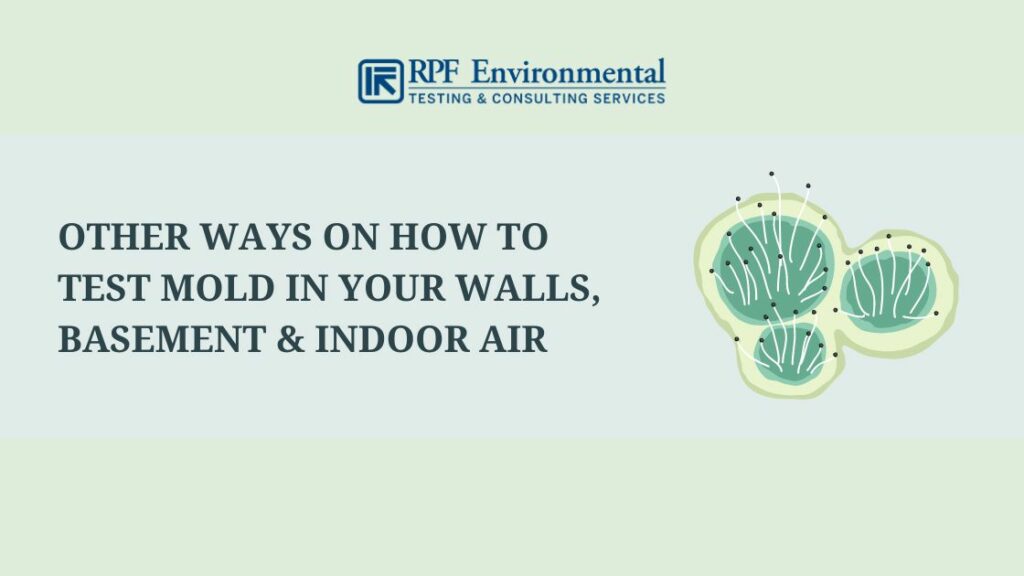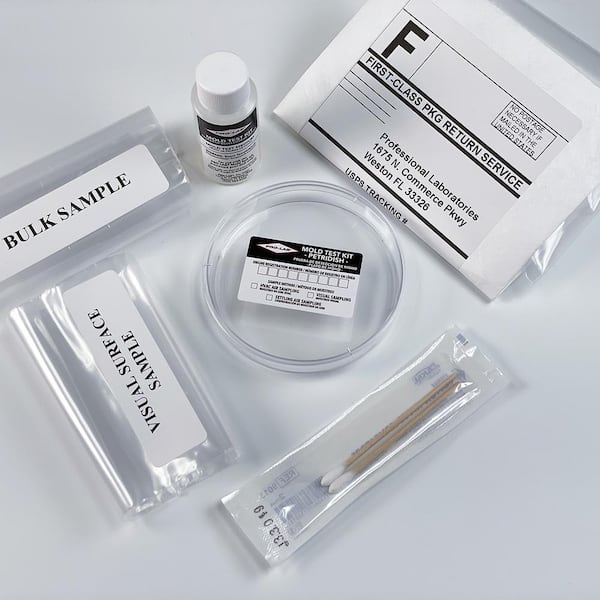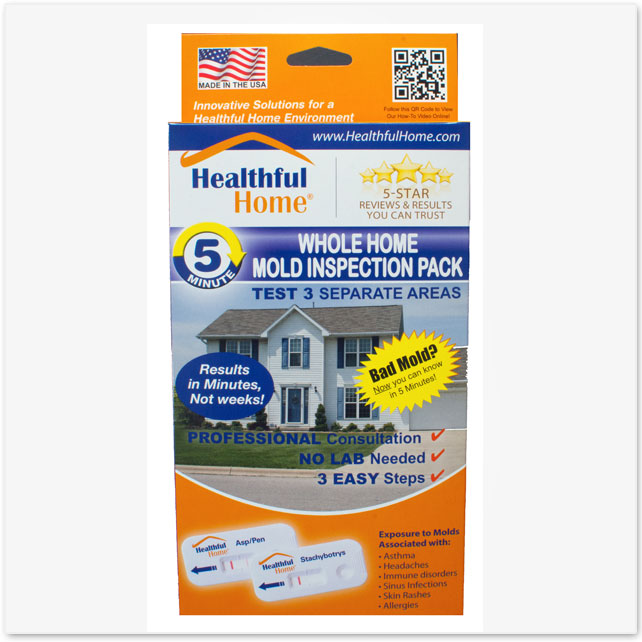Mycotoxin testing Services: Making certain High Quality and Safety And Security in Your Supply Chain
Mycotoxin testing Services: Making certain High Quality and Safety And Security in Your Supply Chain
Blog Article
Just How Mycotoxin Screening Aids Prevent Contamination and Protect Food Materials

Mycotoxin testing is an indispensable method in the food sector, offering as a frontline defense against contamination by dangerous toxins created by molds. Via the application of innovative techniques like High-Performance Liquid Chromatography (HPLC) and Liquid Chromatography-Mass Spectrometry (LC-MS), food manufacturers can properly spot and measure mycotoxin levels in agricultural products.
Recognizing Mycotoxins
Understanding mycotoxins begins with recognizing that they are toxic secondary metabolites generated by particular mold and mildews, which can contaminate farming items. These metabolites are not crucial for the development or recreation of the fungi however can have severe implications for animal and human wellness. Mycotoxins are generally located in staple plants such as corn, wheat, barley, and nuts, where they can proliferate under particular conditions of moisture and temperature level.
There are several kinds of mycotoxins, each created by various fungal types. Fusarium species generate trichothecenes and fumonisins, both of which are linked with different acute and chronic health problems.

Dangers of Mycotoxin Contamination
The dangers of mycotoxin contamination are multifaceted, presenting significant hazards to both food safety and public wellness. Mycotoxins, harmful substances produced by particular types of fungis, can infect a broad array of agricultural items consisting of cereals, nuts, seasonings, dried fruits, and coffee.
Financial influences are another significant concern. Polluted plants can lead to significant financial losses for farmers and food manufacturers as a result of decreased returns and the need for expensive purification measures. International trade can be substantially prevented as countries impose stringent mycotoxin laws to safeguard their populations, leading to denied shipments and strained trade connections.
Ecological variables such as environment modification aggravate the danger of mycotoxin contamination. Variations in temperature and moisture can develop positive problems for fungal development, raising the chance of contamination occasions. Hence, understanding and minimizing these threats are essential for guaranteeing the security and stability of worldwide food supplies.
Methods of Mycotoxin Testing
Accurately recognizing mycotoxin contamination in farming items is necessary for securing public health and wellness and preserving food safety standards. Numerous approaches are utilized to discover and measure mycotoxins, each offering specific benefits and constraints.
High-Performance Liquid Chromatography (HPLC) is a widely made use of approach because of its high sensitivity and precision. It entails separating mycotoxins from other materials in an example, enabling exact metrology. Liquid Chromatography-Mass Spectrometry (LC-MS) incorporates liquid chromatography with mass spectrometry to give in-depth molecular information, making it specifically useful for recognizing multiple mycotoxins simultaneously.

Gas Chromatography-Mass Spectrometry (GC-MS) and Thin-Layer Chromatography (TLC) are also employed, each with unique my blog applications. GC-MS works for volatile mycotoxins, while TLC provides a simpler, cost-efficient alternative for preliminary testing.
Advantages of Routine Evaluating
Regular screening for mycotoxins in farming products offers countless advantages, substantially adding to public health and food safety and security. By recognizing contamination early, routine testing aids stop the distribution of poisonous foods, consequently decreasing the risk of mycotoxin-related ailments among customers. This positive method not just safeguards human wellness however also improves the overall top quality of food materials.
Various countries and regions have developed stringent limitations for mycotoxin degrees in food and feed. Sticking to these limitations via routine screening makes certain that manufacturers and vendors satisfy legal criteria, thus avoiding fines and profession barriers.
In addition, regular mycotoxin testing can result in considerable financial advantages. Early detection of contamination permits timely intervention, minimizing possible losses from prevalent contamination. Implementing regular testing protocols can also reduce recall expenses and associated obligations, which can be economically ravaging.
Moreover, routine testing supplies useful data that can notify better agricultural practices and storage problems. By recognizing patterns of contamination, manufacturers can embrace safety nets, therefore contributing and reducing future threats to the sustainability of the food supply chain.
Applying Examining Procedures
Carrying out efficient mycotoxin testing protocols is crucial for ensuring the safety and security and top quality of agricultural products. Developing a durable testing structure includes several key actions, beginning with the identification of possible contamination factors within the production and supply chain. This go to the website includes pre-harvest, post-harvest, storage space, and distribution stages. Each stage should be scrutinized to determine where mycotoxin contamination is probably to occur.
Once critical control factors are recognized, choosing appropriate screening methods is crucial. Common strategies include enzyme-linked immunosorbent assay (ELISA), high-performance fluid chromatography (HPLC), and mass spectrometry (MS) Each method has its staminas and weak points; thus, selecting the correct one depends upon the details mycotoxin being evaluated, the called for sensitivity, and offered sources.

Last but not least, integrating the screening procedures right into a detailed food safety monitoring system is recommended. This boosts traceability and allows speedy restorative activities when contamination is discovered, thereby securing the integrity of the food supply chain.
Final Thought
Mycotoxin testing is vital in protecting against contamination and safeguarding food supplies by enabling early detection of damaging toxic substances generated by mold and mildews in farming items. Normal screening boosts brand name reputation, financial stability, and trust in food safety by minimizing contamination-related losses and maintaining high standards in food production.
Mycotoxin testing is an essential practice in the food industry, serving as a frontline protection versus contamination by unsafe contaminants generated by mold and mildews. find this An integrated method including agricultural practices, storage space monitoring, and routine testing can reduce the risks linked with mycotoxin contamination, making certain food safety and security and public wellness.
The dangers of mycotoxin contamination are multifaceted, posing substantial dangers to both food security and public health.Normal screening for mycotoxins in agricultural products supplies countless advantages, substantially contributing to public wellness and food security.Mycotoxin testing is important in preventing contamination and guarding food materials by enabling very early detection of hazardous contaminants created by molds in farming products.
Report this page